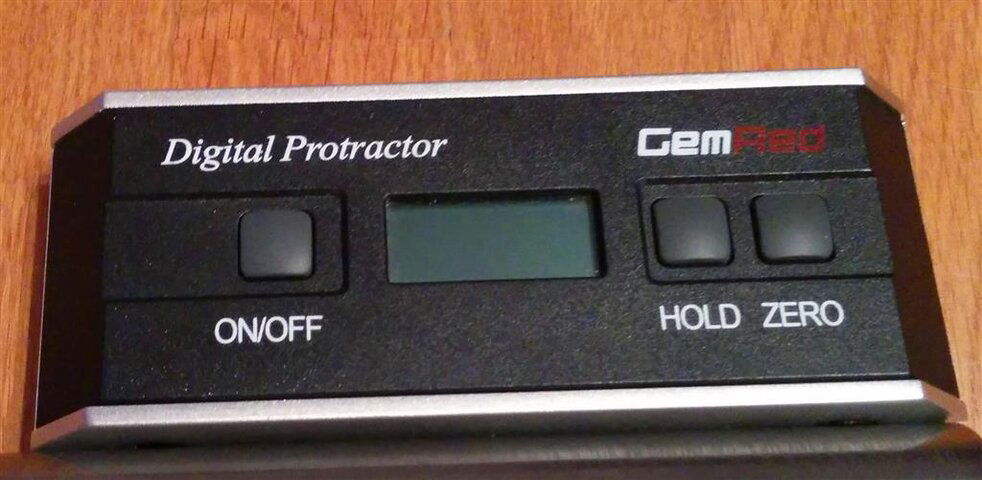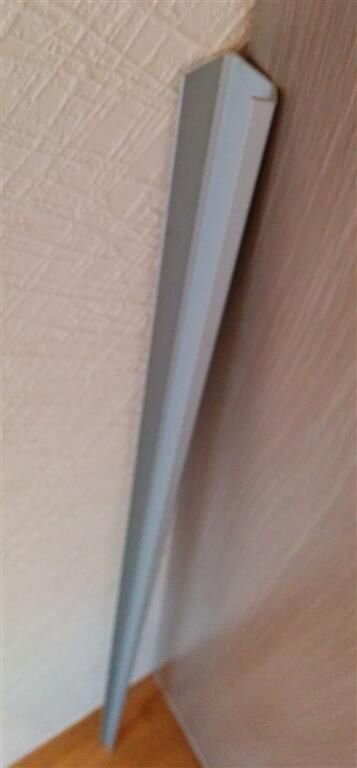Often wondered how manufacturers arrive at stamping accurate elevation angle gradations on a dish. Are those markings somewhat consistent from one manufacturer to another?
How could one check if the angle stamping is accurate? Set the dish at 90 degrees (that is, dish perpendicular to the earth) using a plumb bob as a reference?
I know about those magnetic circular angle finders, but never figured where to set them on the dish.
I see from past posts that some use the sun to figure out a specific elevation angles and the dish's accuracy.
Thanks.
How could one check if the angle stamping is accurate? Set the dish at 90 degrees (that is, dish perpendicular to the earth) using a plumb bob as a reference?
I know about those magnetic circular angle finders, but never figured where to set them on the dish.
I see from past posts that some use the sun to figure out a specific elevation angles and the dish's accuracy.
Thanks.


![gizmo3[2].JPG](https://cdn.satelliteguys.us/xen/data/attachments/88/88052-5ba0ef1d1b72c4cb0ccf6126307ed19f.jpg?hash=W6DvHRtyxM)



